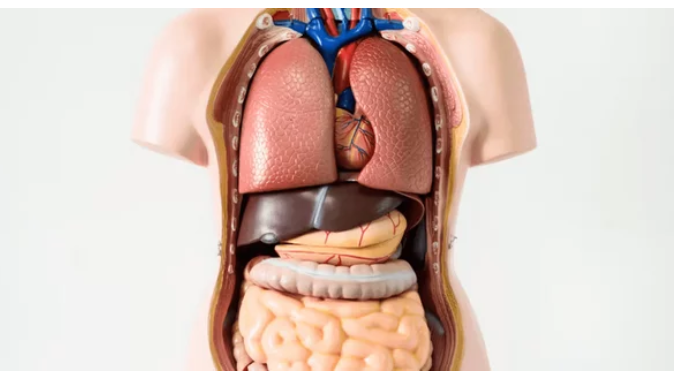In a remarkable stride towards medical marvels, scientists and researchers around the globe have been making astounding progress in the field of regenerative medicine. Recent breakthroughs have unveiled a list of body parts that can potentially grow back, offering hope to individuals suffering from injuries or conditions that were once deemed irreversible…Click Here To Continue Reading>>
1. Fingertips: Studies have shown that the tips of fingers possess regenerative capabilities. When the nail bed and some of the surrounding tissue are intact, fingertips can regenerate, allowing for the restoration of function.
2. Liver: Known for its remarkable regenerative capacity, the liver can regrow to…Read Full Story…>>>
its original size even after extensive damage. This property has paved the way for innovative treatments for liver-related diseases.
3. Skin: The largest organ in the human body, skin has a remarkable ability to regenerate. Minor wounds and abrasions can heal on their own, and advancements in skin grafting techniques have further extended the possibilities for larger injuries.
4. Bone: Certain bones in the body, such as the rib cage and clavicle, have the ability to regenerate. With the right conditions and medical intervention, bone tissue can renew itself, aiding in recovery from fractures and breaks.
5. Intestines: The lining of the intestines is known for its rapid turnover rate. In cases of damage or certain gastrointestinal conditions, the intestines can regenerate, allowing for restoration of normal function.
6. Hair: Hair follicles possess the capacity for continuous growth and regeneration. This property has been harnessed in various hair transplant techniques, offering solutions for those experiencing hair loss….Click Here To Continue Reading>>
7. Taste Buds: Taste buds, the sensory receptors on the tongue, have a high turnover rate. This allows for regeneration after injuries or as part of the natural aging process.
8. Blood Cells: The bone marrow is responsible for producing blood cells, and it has a robust regenerative capacity. This has significant implications for treating various blood-related disorders.
While these regenerative capabilities offer promising avenues for medical intervention, it’s important to note that the extent of regeneration can vary depending on factors such as the type and severity of the injury, the individual’s overall health, and the availability of medical interventions.
The ongoing research in regenerative medicine holds immense potential for the future of healthcare, offering new hope to individuals facing challenges that were once considered insurmountable. As scientists continue to unlock the mysteries of the body’s regenerative abilities, we can anticipate even more remarkable breakthroughs in the years to come
…Click Here To Continue Reading>>







